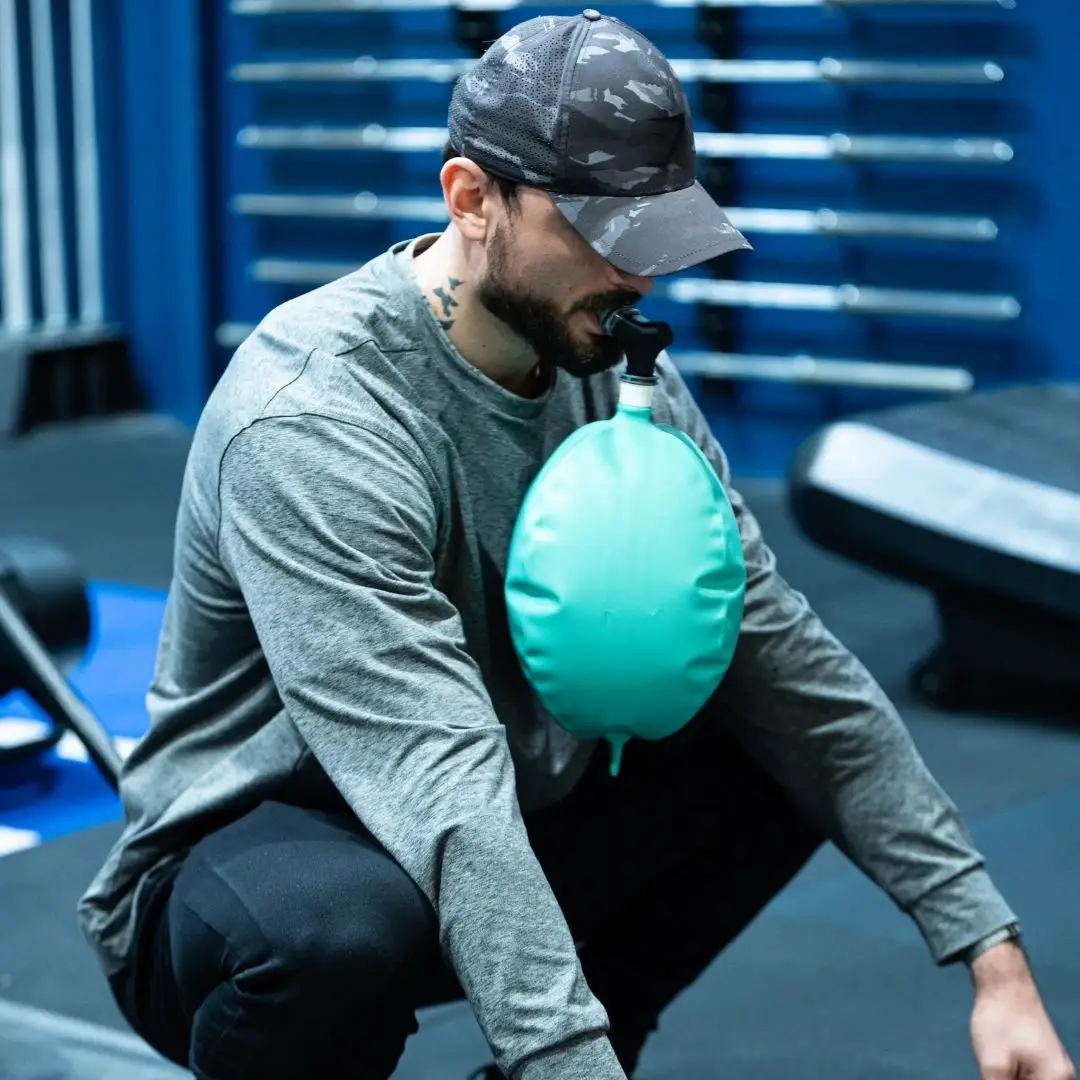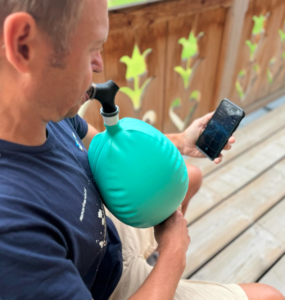
In the fast-paced and physically demanding sport of hockey, players are constantly seeking ways to gain a competitive edge. While traditional training methods focus on strength and agility, a relatively untapped area for improvement lies in respiratory training. Isocapnic respiratory training, facilitated by the innovative Breathe Way Better device developed by Isocapnic, offers a unique approach to enhancing the performance of hockey players. In this blog post, we will explore how Isocapnic respiratory training can contribute to improved endurance, quicker recovery, increased VO2 max, mental toughness, and enhanced CO2 tolerance, ultimately influencing gameplay positively.
1. Endurance Improvement:
Endurance is a key factor in hockey, where players often engage in high-intensity sprints and shifts. Isocapnic respiratory training focuses on optimizing breathing patterns, leading to more efficient oxygen utilization by the body. By enhancing respiratory efficiency, players can sustain higher energy levels throughout the game, reducing fatigue and improving overall endurance. This could be the differentiating factor in crucial moments of a match.
2. Quicker Recovery:
Swift recovery between shifts is vital for hockey players to maintain peak performance. Isocapnic respiratory training promotes better circulation and oxygenation of muscles, aiding in the removal of metabolic by-products. This accelerates the recovery process, allowing players to bounce back more quickly and maintain consistent intensity throughout the game.
3. Increased VO2 Max:
A higher VO2 max, indicating the maximum amount of oxygen an individual can utilize during intense exercise, is directly linked to improved cardiovascular fitness. Isocapnic respiratory training has shown promise in elevating VO2 max by optimizing breathing mechanics and enhancing the respiratory system’s capacity to deliver oxygen to the muscles. This can be a game-changer for hockey players seeking to outlast their opponents on the ice.
4. Mental Toughness:
Hockey is not just a physical game; it’s also a mental battle. Isocapnic respiratory training involves controlled breathing exercises that help players develop mental toughness and focus. By practicing mindfulness and maintaining composure during challenging situations, players can make better decisions on the ice and exhibit resilience in the face of pressure.
5. CO2 Tolerance Enhancement:
Carbon dioxide (CO2) tolerance is a critical aspect of respiratory training. Isocapnic respiratory training exposes players to controlled levels of CO2, simulating real-game conditions where CO2 levels can rise due to intense physical exertion. By improving CO2 tolerance, players can adapt to these conditions more effectively, reducing the likelihood of fatigue, maintaining optimal performance, improving split second decision making and unhindered muscular coordination which improves accuracy.

6. Impact on Gameplay:
The cumulative effect of Isocapnic respiratory training on endurance, recovery, VO2 max, mental toughness, and CO2 tolerance is a holistic enhancement of a player’s overall performance. Improved physical and mental attributes contribute to increased agility, quicker decision-making, and sustained intensity throughout the game. Whether it’s a critical defensive play or a decisive offensive move, the benefits of respiratory training can manifest in pivotal moments, potentially influencing the outcome of a match.
Isocapnic respiratory training, with its focus on optimizing breathing mechanics, offers hockey players a comprehensive tool to elevate their game. The Breathe Way Better device, coupled with targeted training protocols, provides a unique approach to improving endurance, recovery, VO2 max, mental toughness, and CO2 tolerance. As the hockey community continues to explore innovative ways to enhance performance, integrating Isocapnic respiratory training into training regimens may prove to be a valuable strategy for players looking to gain a competitive edge on the ice.



